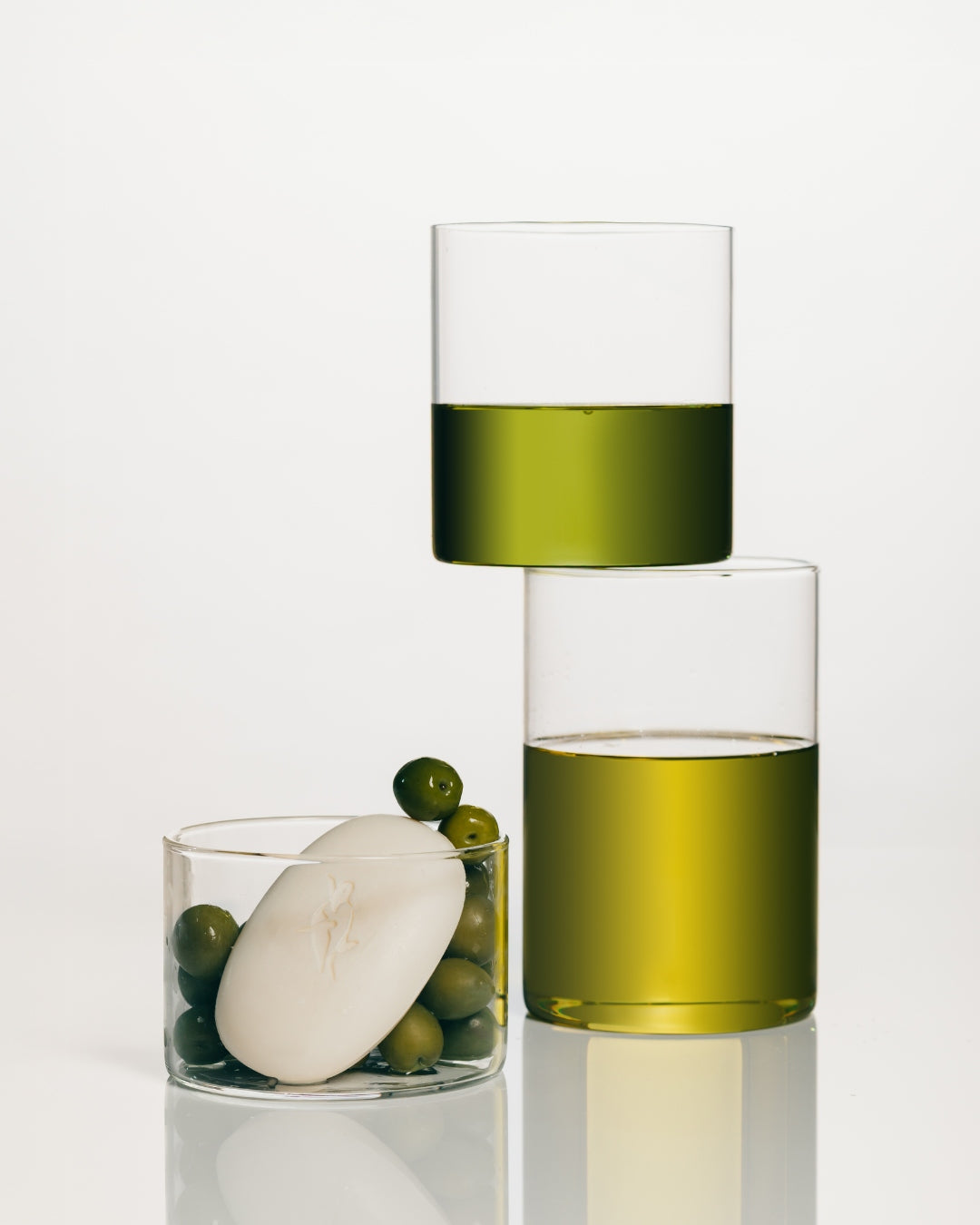What exactly are ocean garbage patches? How did they accumulate and more importantly, what can we do to clean them up? Read on to find out…
You may have heard of the Great Pacific Garbage Patch – a huge collection of marine debris in the North Pacific Ocean. Marine debris is litter than ends up in the ocean, seas and other large bodies of water, according to National Geographic. And while the Great Pacific Garbage Patch is the largest ocean garbage patch, there are many others. The Atlantic and Indian Oceans both have ‘trash vortexes’ too and smaller bodies of water, including the North Sea, are also developing garbage patches. In total an estimated five trillion pieces of plastic are currently circulating in the ocean.
What does a ‘garbage patch’ look like?
While we may think a garbage patch looks like a huge floating island of trash, this is not strictly true. These ocean patches are usually made up of tiny little pieces of plastic, called microplastics, often so small they can’t be seen by the naked eye. The microplastics of the Great Pacific Garbage Patch can make the ocean look like a cloudy ‘soup’, intermingled with larger pieces of plastic, such as fishing equipment.

Elime via Shutterstock
Where does all the garbage come from?
The vast majority – around 80 per cent, comes from land-based sources, with the remaining 20 per cent coming from boats and other marine sources. This varies depending on the region, however. Unsurprisingly, plastics make up the majority of marine debris, due to its widespread use in making consumer products and the fact that it’s not biodegradable.
What damage can a ‘garbage patch’ do?
If these patches of garbage are left to circulate, the plastic will impact not only our ecosystems, but our health and our economies. Marine debris is very harmful to marine life, as the plastic can be mistaken for food by fish and animals. Seals and other marine mammals are also vulnerable as they can get entangled in abandoned fishing nets and drown. Micro plastics can enter the food chain when eaten by marine life, and eventually end up on our plates. Solving this issue involves a two-pronged approach; cleaning up the existing debris and taking measures to avoid adding to it.

Jag_cz via Shutterstock
Who is responsible for cleaning it up?
The Great Pacific Garbage Patch is so far from any country’s coastline that no one nation wants to take responsibility for cleaning it up, or providing the funding to do so – even if they could afford it. However, there are many individuals and international organisations trying to stop the ‘patches’ from growing. One organisation, The Ocean Cleanup, has designed passive systems which are estimate to remove 50 per cent of the Great Pacific Garbage patch in just five years.
What can we do to help?
The best way to support the ocean clean-up is to stop buying and using disposable plastics and increase our use of biodegradable resources. When at the beach, remember to ‘Take 3 for the Sea’ by taking three pieces of rubbish with you when you leave the beach or any other waterway, to prevent them from re-entering the ocean and harming marine life.

ArnuphapY via Shutterstock




